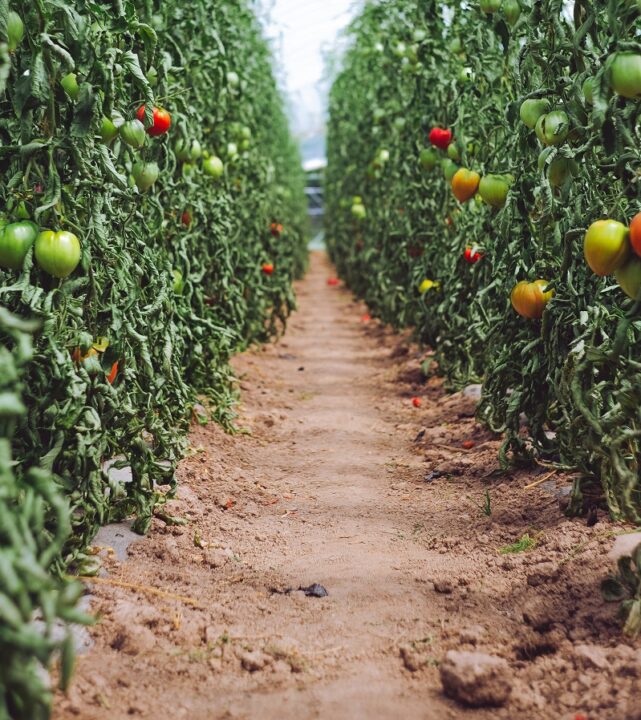GenNext Growers Advisory Board Members Give Their Take On 2016
Although January is more than halfway over, the year of 2016 is still very young. It’s a perfect time to reach out to the GenNext Growers advisory board members to get their take on what the year will bring for specialty crop growers:

Bruce Hollabaugh
What excites you most for the specialty crop industry in 2016?
Bruce Hollabaugh, Production and Personnel Manager, Hollabaugh Brothers Fruit Farm in Pennsylvania: “The cooperative effort of our national specialty crop industry in the last five years is both refreshing and exciting. Looking ahead to 2016, as labor becomes an ever-larger challenge, I see more inter-disciplinary cooperation than ever before. Within our region, growers are more willing to work together to solve problems, and different growing regions of the country are interacting with one another to learn, grow and build toward a more possible and profitable future. In the midst of some of our country’s most challenging economic times in the past decades, I see our industry coming together more than ever before with a push toward technology and progressiveness ruling the day.
Joe Petrocco, Vice President, Petrocco Farms in Colorado: “The excitement of the American public embracing locally grown produce.”

Joe Petrocco
Sonia Tighe, Executive Director, Florida Specialty Crop Foundation; Florida Fruit & Vegetable Association: “Consumer demand for healthy products, as well as convenience (e.g. preparation, packaging) and their desire to buy ‘local.’ Research by the University of Florida shows that local can be defined not only as product grown within 100 miles, but it can also be ‘local’ if it is in season when other states are not producing (e.g. Florida citrus in New York would be considered local in January). It’s also very exciting to see the young professionals who are either coming into the industry or remaining in the industry, bringing fresh ideas and approaches to production, marketing, and technology.”
What are the biggest challenges facing the specialty crop industry in 2016?

Sonia Tighe
Hollabaugh: “Whereas the weather, the moving target of new (and old) pests and supply and demand are the “old standard” worries, in our industry and world today, challenges are everywhere. Having an adequate labor source and the ever-increasing food safety regulations certainly top the list of challenges to focus on in 2016. Interestingly, both of these issues have a ‘human’ element — which should make it somewhat more possible for our industry and society to impact the degree to which they affect our lives. Disappointingly, that doesn’t always prove to be true. Nevertheless, at a time when we’re more ‘connected’ through technology than ever before, it’s amazing just how little information the public has about the realities that affect the nation, our food supply and its security.”
Petrocco: “Government regulation without proper investigation.”
Tighe: “Citrus greening is the most serious issue facing the citrus industry. The collective efforts of all the research projects will be crucial to provide solutions for the industry. Without a doubt, labor is another challenge facing our growers right now. There is a critical need for a stable supply of workers for the fields, packinghouses, processors, etc. Water will also be a critical issue. Growers and packers will have to determine the impact of FSMA changes on their operations.”
What are some of the production trends you are seeing?
Hollabaugh: “The industry is certainly moving toward cropping systems that maximize outputs while minimizing inputs and, at the same time, increase quality and volume. In pome fruits, planting more trees per acre trained to a smaller, more managed canopy is taking over. Growers are realizing that, although volume is important, quality is the real ticket to advancement. By more closely managing the environment of each and every piece of fruit that’s being grown, growers are better able to maintain the quality standards sought by today’s consumer. Additionally, with a seeming shortage of labor, more defined tree systems don’t just increase physiological efficiency in the trees, but they boost worker efficiency as well.”
Petrocco: “Food network/cooking shows spurning trends.”
Tighe: “The increasing role of technology – including precision technology. Increased interests in sustainability initiatives. In Florida, an interest in trying alternative crops such as peaches and pomegranates.”









